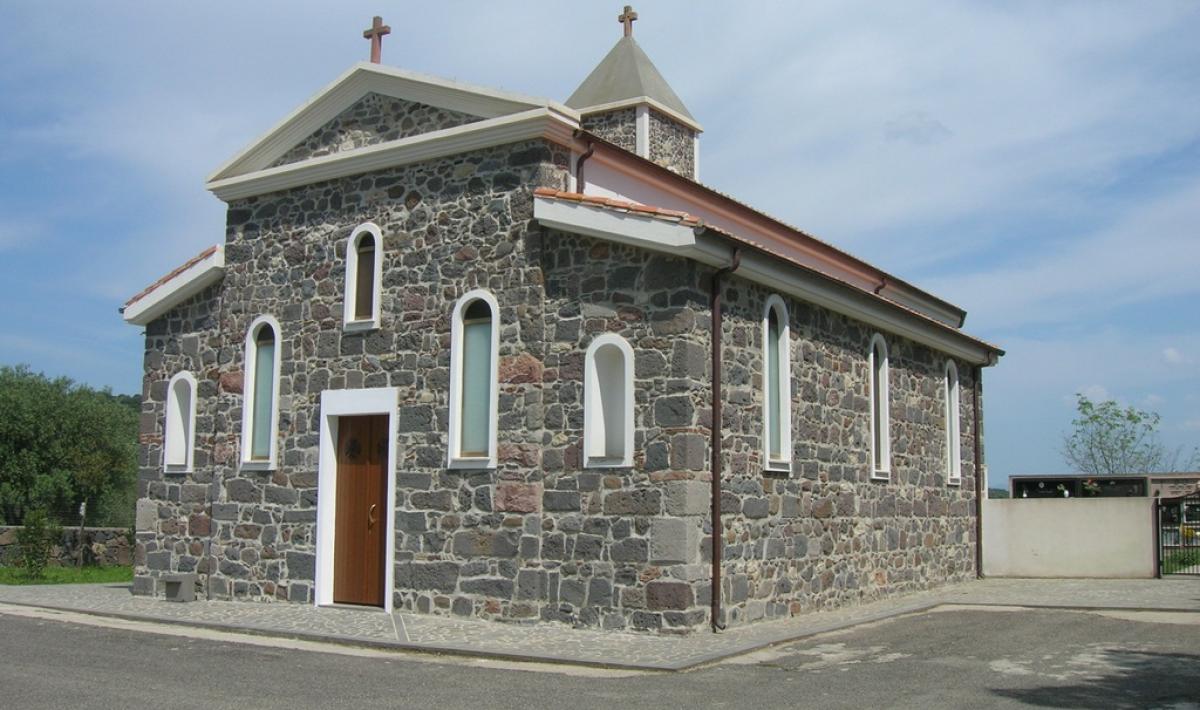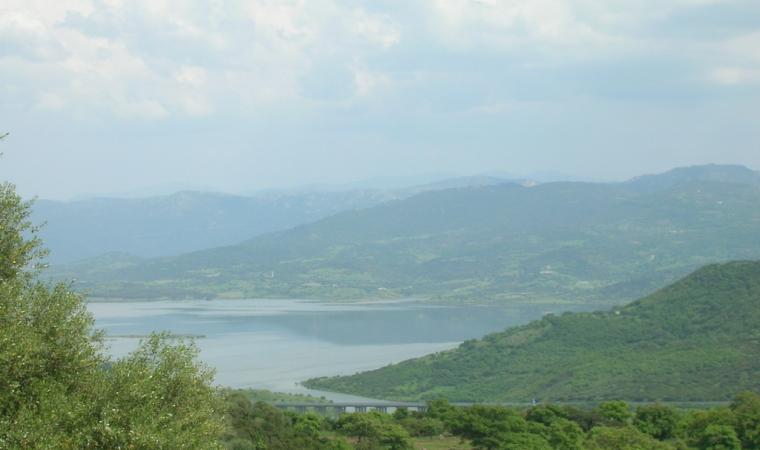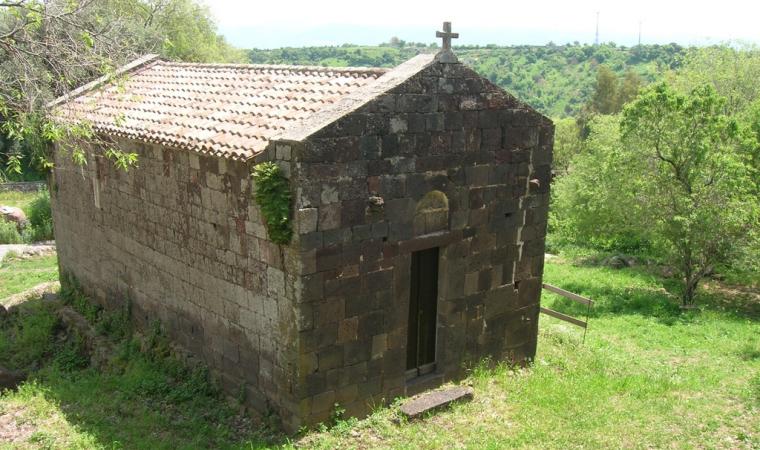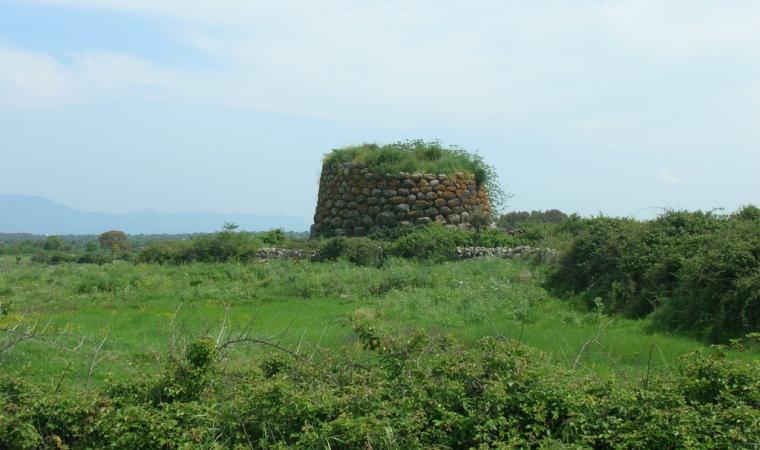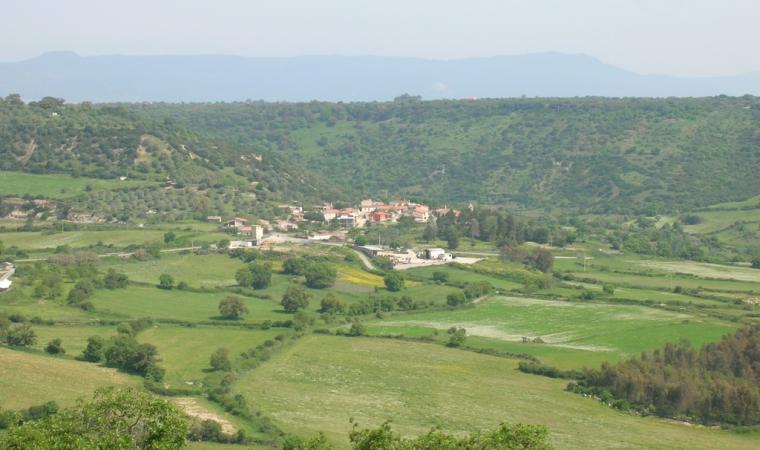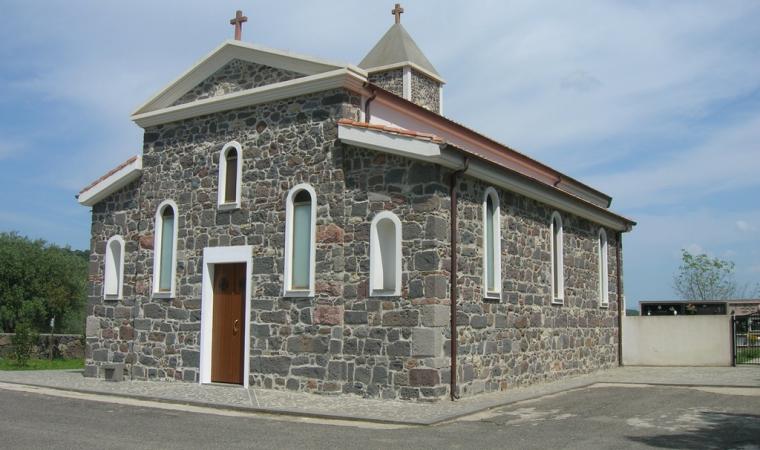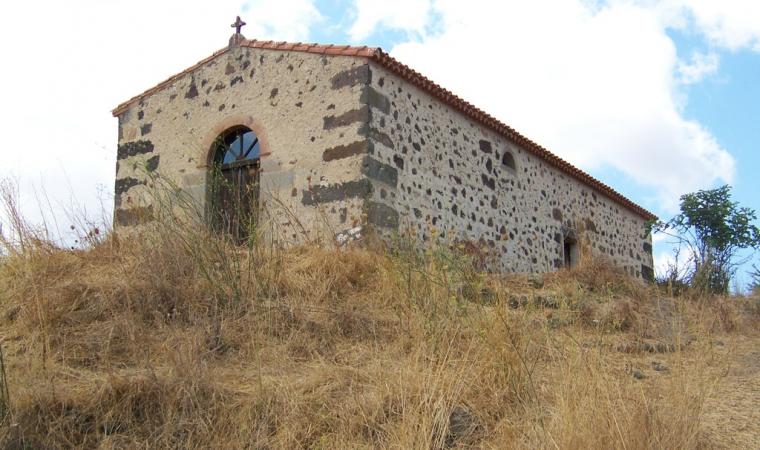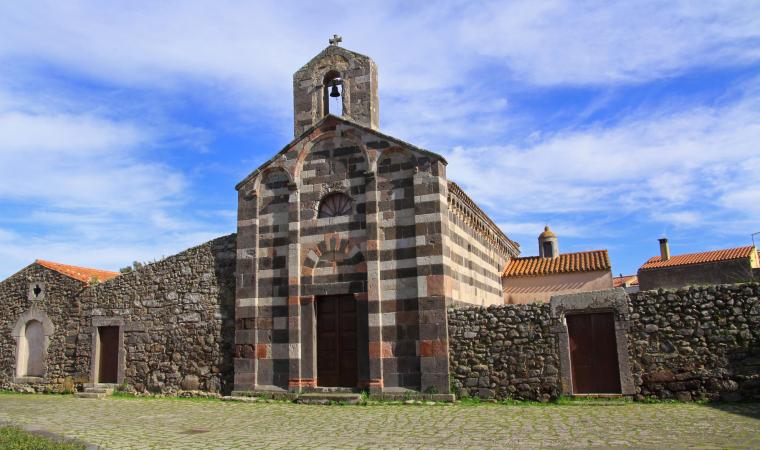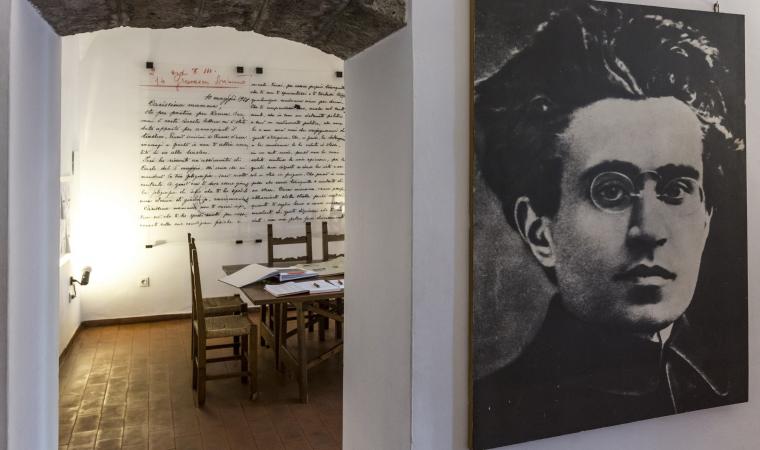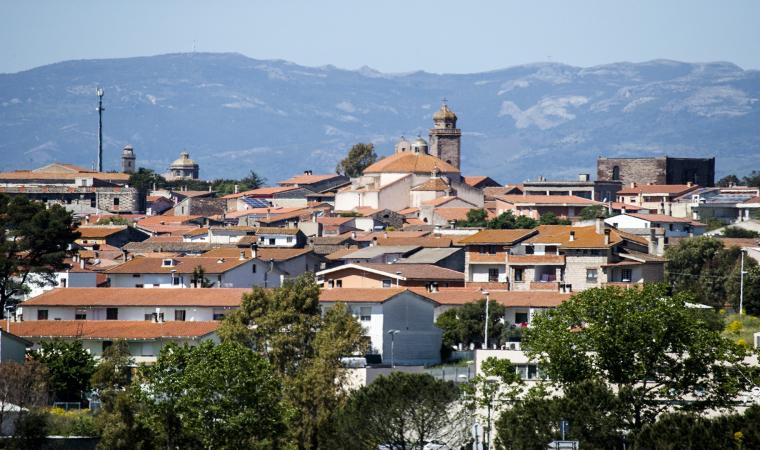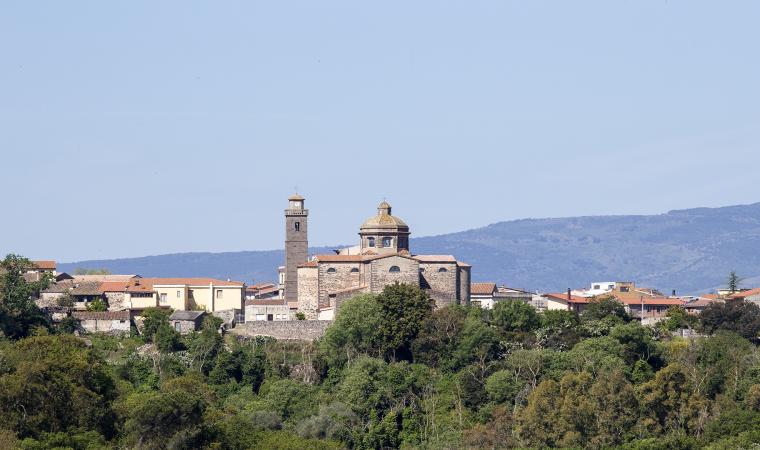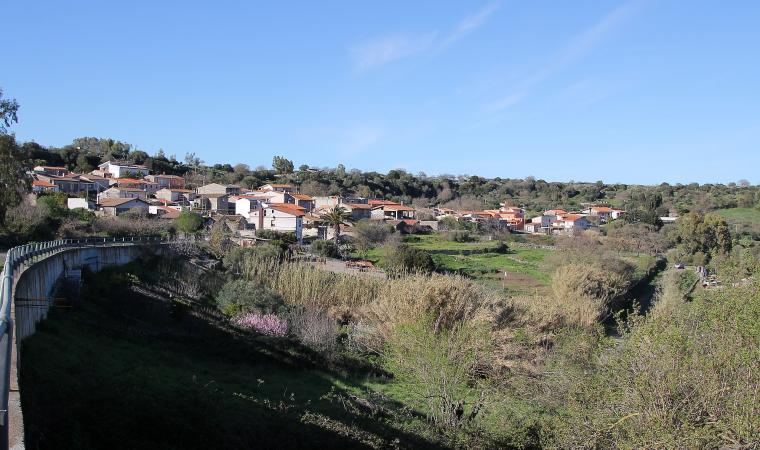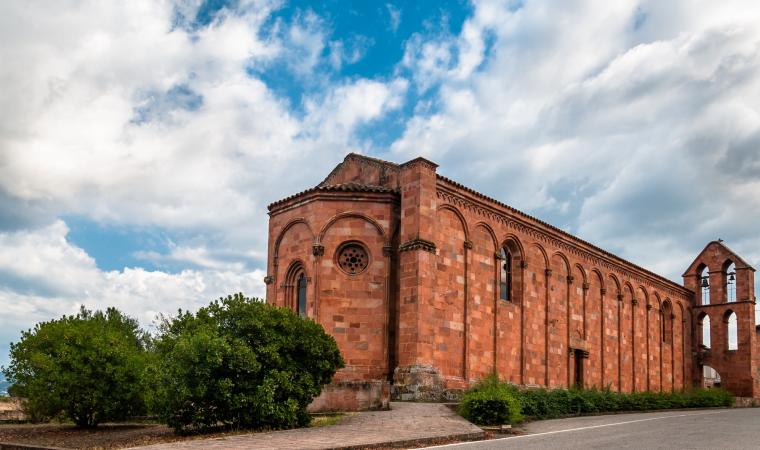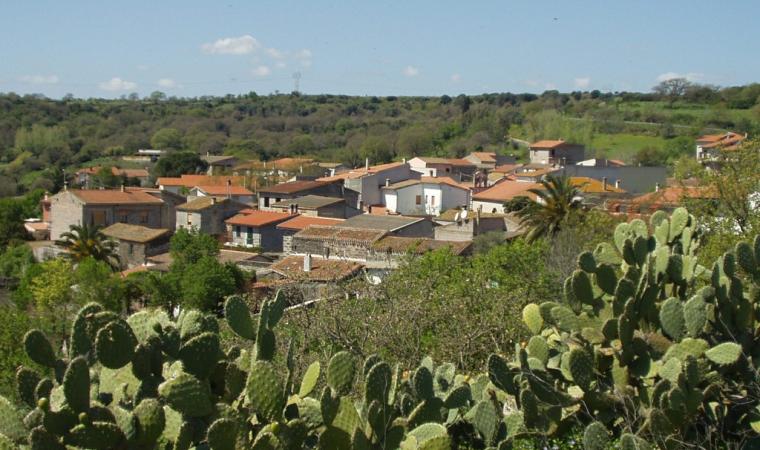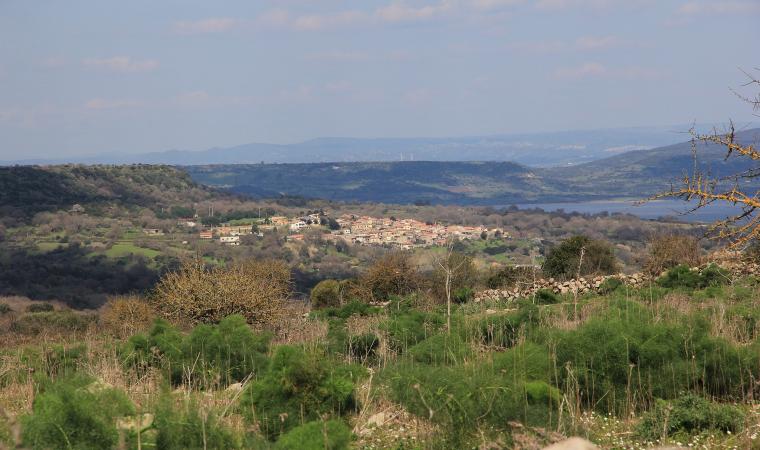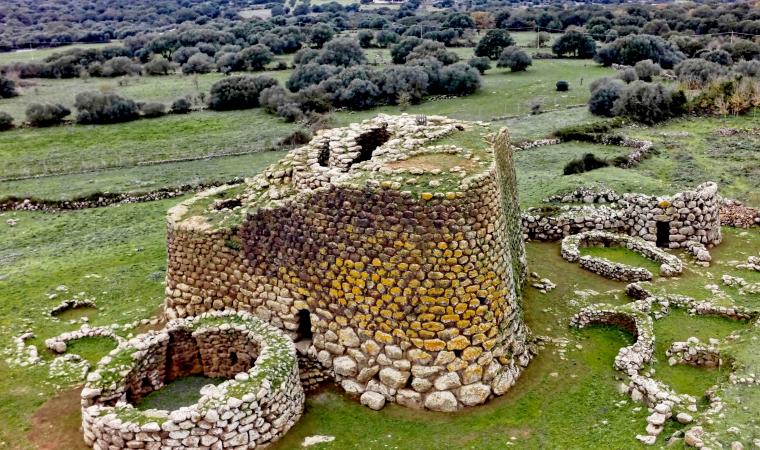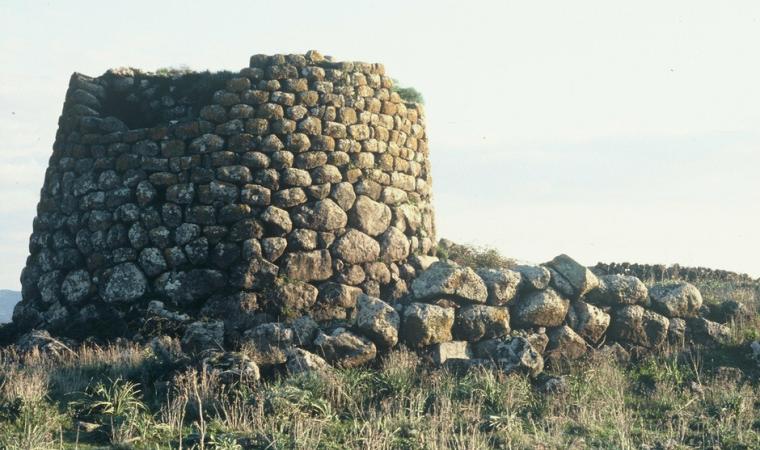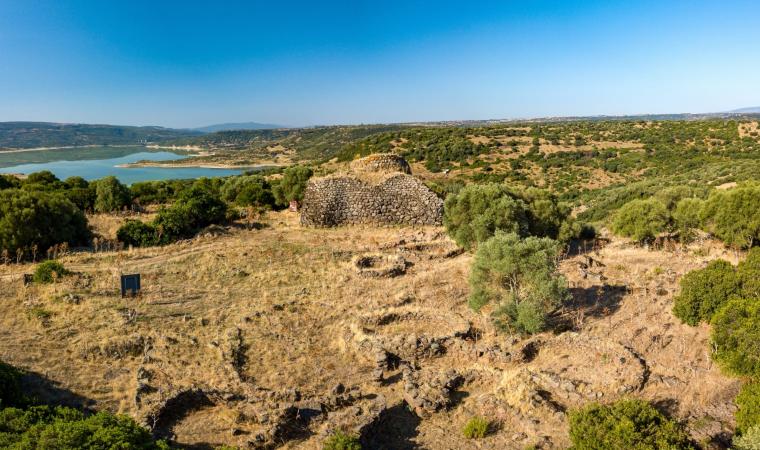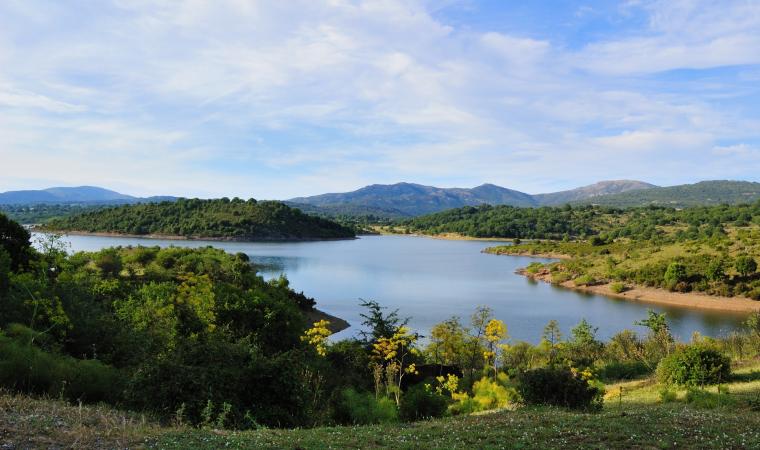Lying on the Abbasanta plateau, it offers a panoramic view of Lago Omodeo and the Chenale valley, coloured by woods of oak and sessile oak, Mediterranean scrub and orchids, interlaced with paths and interspersed with ‘healing’ springs. Norbello is a town with 1,200 inhabitants in Guilcer, on the border between the provinces of Oristano and Nuoro, having seen continuous expansion and a strong agricultural-pastoral marking, including with the breeding of Sardinian Anglo-Arab horses. Nature, cultural vivaciousness, a textile tradition and oenogastronomy have earned its inclusion amongst the most authentic villages of Italy. The urban architecture is quite evocative, with the streets and squares being enriched by monuments and paved with basalt. Even the façades of the houses and shops are in dark stone, the balconies decorated with geraniums.
In the middle of the village stands the Church of Santa Maria della Mercede, built in Romanesque style (12th-13th century) on the site of a prior medieval necropolis (6th-7th century). Within are ten Templar crosses with graffiti on the plaster and red painted images. At the end of the 12th century, two knights of the order of Jerusalem consecrated the church with the typical Templar symbolism. Perhaps contemporaneous with the ‘Mercede’, celebrated at the end of September, is the Romanesque structure of the parish church of the Saints Cyricus and Julitta. The festival of the two patrons is held in mid-July. The church of San Giovanni Battista is also quite interesting, with a parchment certifying its existence as early as 1265.
The village, initially called Norgillo and then Nurghillu, before finally taking the name Norghiddo (from which derives the Italian Norbello) has always been linked to the fraction of Domusnovas Canales, which is built around the Chiesa di San Giorgio. The village of Sella once formed part of the territory, being of great importance in the area of the Giudicato d’Arborea, with there being the remains of a 10th-century castle. In the nearby sanctuary of San Giuliano, there is an ancient well linked to the ‘miracles’ of the saint. Eight kilometres from the village is the Church of Sant’Ignazio from Laconi, first consecrated by the Capuchin friar (1951). In the surrounds is a village of muristenes, being pilgrims’ lodgings for the mid-September festival. The calendar of events offering tastings of delicious cheeses, cured meats and desserts, commences in January with the Fuochi di Sant’Antonio Abate with its large bonfire, and ends in September with the Sagra della Vendemmia Antica (ancient harvest festival).
The rich archaeological heritage is conserved in part within the village’s antiquarium. Dating back to the Neolithic period are a dolmen, two villages and four Domus de Janas necropolis, including Sunu Marras, thirty Nuraghe structures from the Bronze Age. The Sirboniga and Suei complexes and monotower of Ruiu and Perdu Cossu are other well-conserved monuments. Quite unique is Sa Codina ’e s’Ispreddosu, a Nuraghe structure that was never finished, being a place of worship in the Iron Age. Together with the Nuraghe structures, are eleven Tombs of Giants and six sacred fountains, including the Ampridorzos. The 17 sites in which Punic-Roman cinerary urns have been discovered are also a rarity. Also worth a visit is the MIDI museum, which displays two thousand cartoons.

